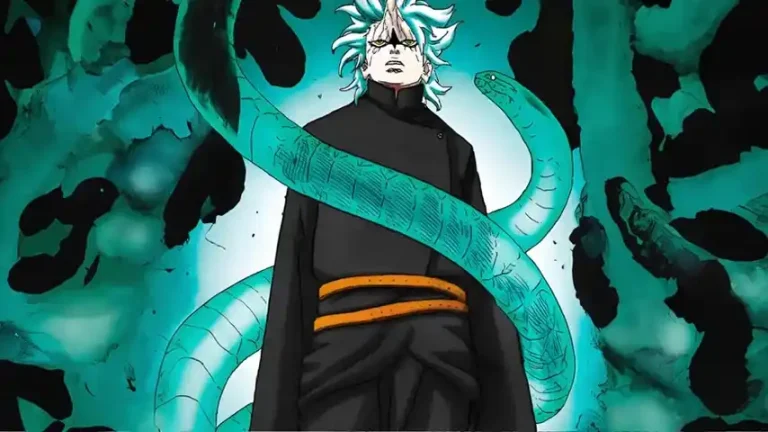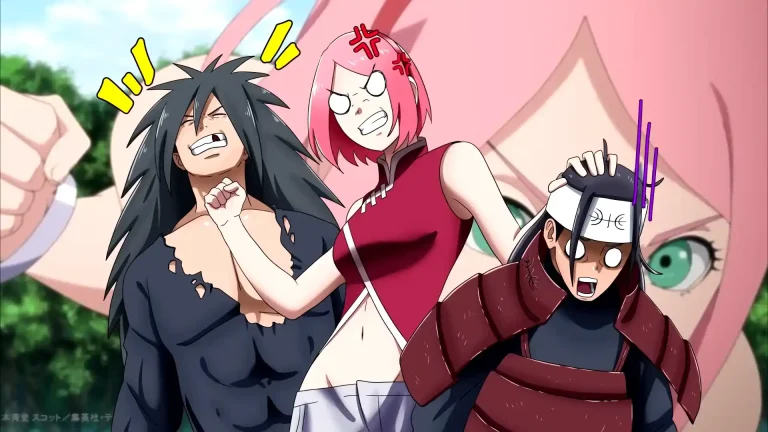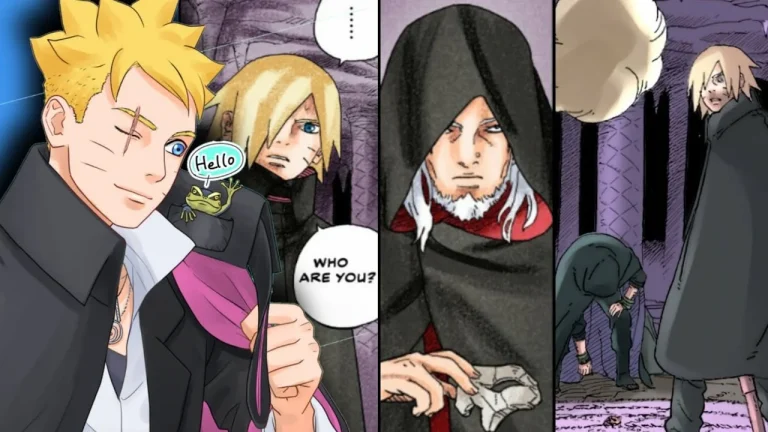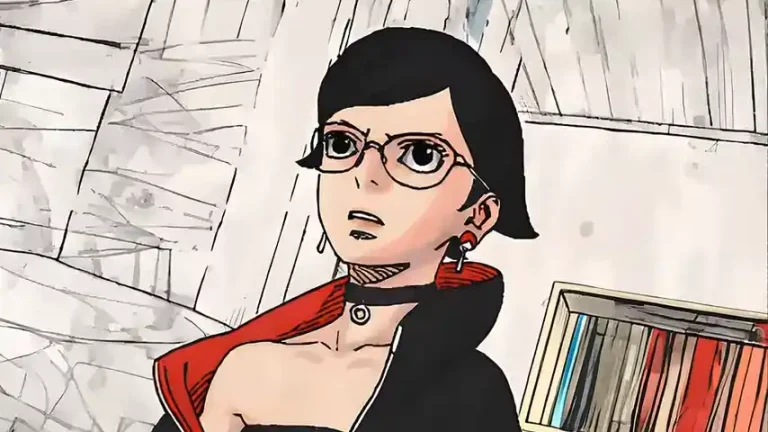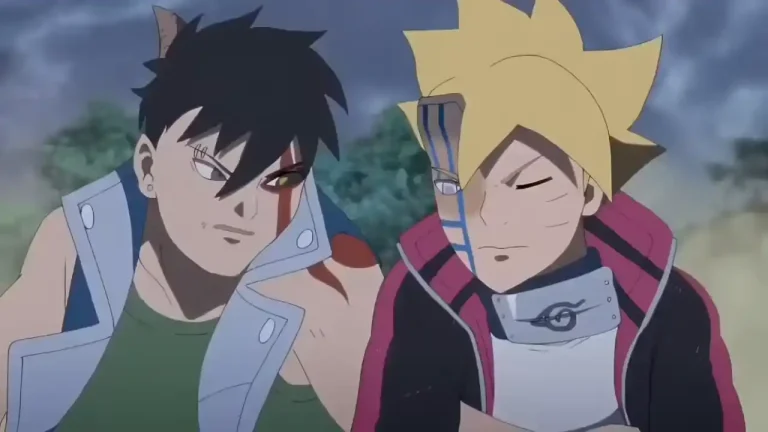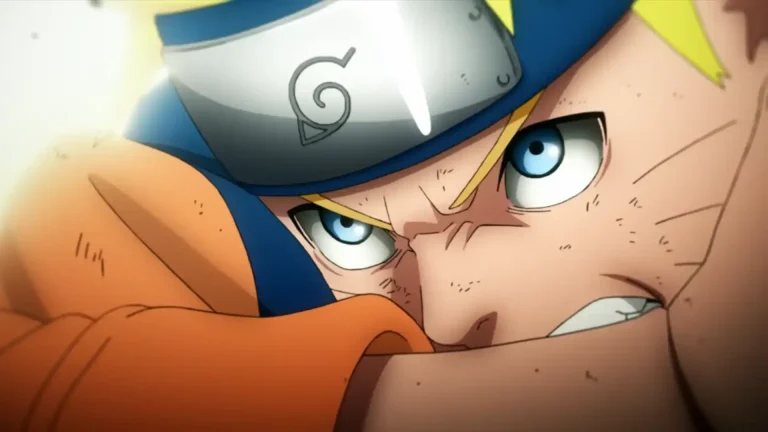Boruto Chapter 24 Prediction
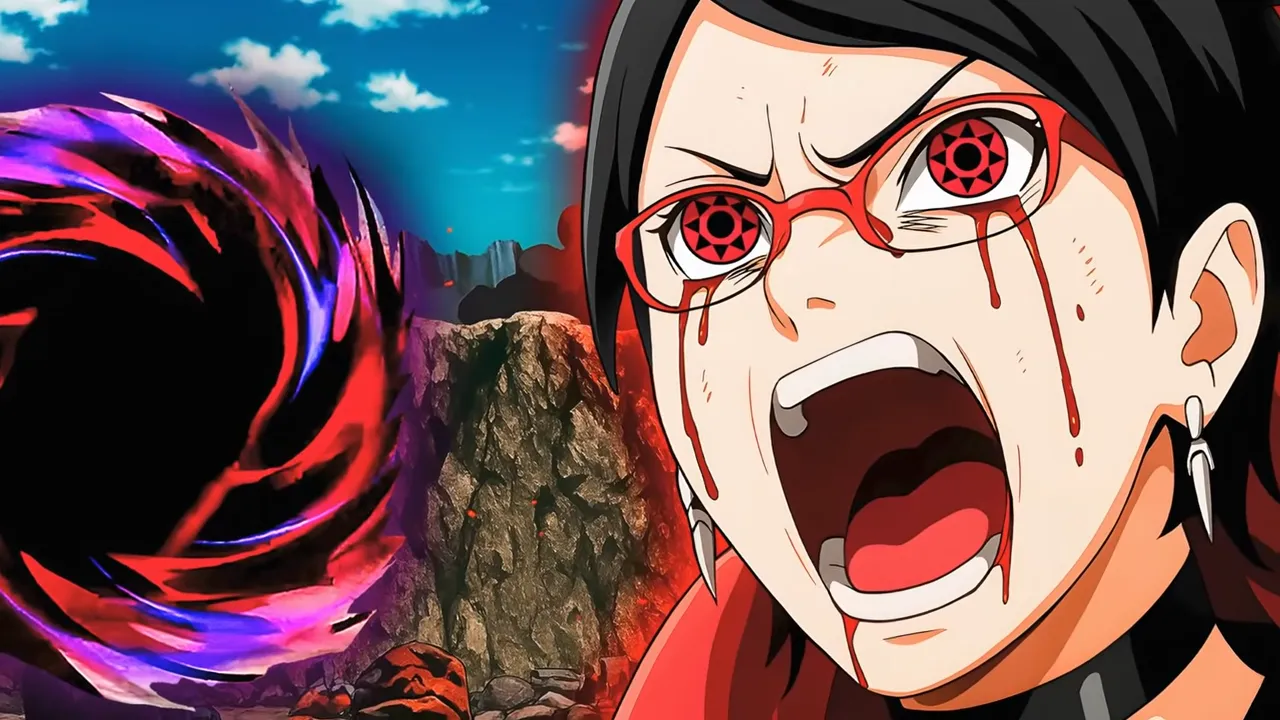
New Shinju in Boruto? Chapter 24 Theory Breakdown
The world of Boruto Two Blue Vortex continues to evolve, and with the power balance shifting in favor of Boruto and Kawaki, a new Shinju might be on the horizon. As Chapter 24 approaches, many fans believe that following Jura’s defeat, a new candidate for Shinju transformation will emerge—possibly orchestrated by Mamushi and Hidari, hinted at during Kashin Koji’s vision in Chapter 23.
Since their mysterious introduction in Chapter 4, the Shinju have redefined what it means to be a threat in the ninja world. These beings aren’t born from hate or political ambition like most traditional villains. They’re much deeper—sentient, ego-driven manifestations of the God Tree itself. Born from the Ten Tails, they evolve by absorbing powerful individuals.
The Shinju Lineup is Far from Complete
Many speculate that the current Shinju roster is far from final. Just like the Akatsuki used to replace fallen members, the Shinju will likely continue seeking powerful vessels. This theory explores who among the current canon characters could be the next terrifying member of this growing threat.
The speculation goes beyond strength. It considers the emotional and narrative weight of each potential character’s transformation—turning once-heroic figures into agents of chaos.
Kakashi Hatake as a Shinju: A Terrifying Possibility
When talking about legends of Konoha, Kakashi Hatake stands alone. The Sixth Hokage, a hero of the Fourth Great Ninja War, and the Copy Ninja, Kakashi is a tactical genius with deep emotional history.
Currently, he’s enjoying retirement, but a cryptic hint from manga author Mikio Ikemoto teased his return. Rather than fan-service, Ikemoto avoids obvious uses of Kakashi, which is exactly why turning him into a Shinju is so terrifying and plausible.
A Shinju-Kakashi would be a brutal inversion of everything he stands for—retaining his genius but losing his morality. His fatigue and desire for peace could become the crack that lets the Tsumeaka in. He knows every Konoha weakness, making him a psychological and strategic nightmare. Unlike Orochimaru, Kakashi’s transformation would be a “cleaner,” more emotionally shocking fall.
Orochimaru as a Shinju: Nightmare Fuel or Fantasy?
Orochimaru, the complex and morally ambiguous former Sannin, has transformed from pure villainy to reluctant ally. As Mitsuki’s “parent,” he’s still a background presence in Boruto.
However, a Shinju-Orochimaru would be terrifying: his immense jutsu arsenal, scientific mind, and obsession with immortality would all be weaponized. Yet narratively, it’s unlikely. His body modifications and immortality make him nearly impossible to absorb, and a return to villainy would contradict his arc. A more plausible angle could be a clone or failed experiment being assimilated, keeping the horror alive without breaking character development.
Sakura Haruno: The Most Tragic Candidate
Sakura has stepped out of the shadows of Naruto and Sasuke, becoming the world’s top medical ninja and a pillar of Konoha. Her strength and healing abilities make her both invaluable and vulnerable.
Like Tsunade, Sakura won’t stay behind during war—she’ll be on the frontlines. That exposure makes her a prime target. Her assimilation would devastate Konoha strategically and emotionally. Sarada would be forced to fight her own mother. Naruto and Sasuke would lose the last link to Team 7.
A Shinju-Sakura would blend monstrous strength with deadly precision, using medical knowledge for combat. It would be the ultimate narrative tragedy, shining a harsh spotlight on the emotional toll of war. Sakura’s fall would have the biggest impact of any legacy character.
Konohamaru Sarutobi: The Ultimate Tragic Arc
Konohamaru, grandson of the Third Hokage and Naruto’s student, has long been overshadowed. Many fans hoped he’d be the new Kakashi but were left disappointed.
That underwhelming journey makes him a perfect Shinju candidate. A transformation would give him god-tier power, finally making him a threat—at the cost of his humanity. A Shinju-Konohamaru would wield Rasengan and elemental jutsu with terrifying precision.
Facing him would challenge the next generation like never before. Boruto, Sarada, and Mitsuki would have to fight a mentor they once admired. His presence would push the narrative into darker territory, fulfilling Ikemoto’s promise of a bleaker arc.
Symbolism in Shinju Design: Color Theory and Inversion
An intriguing layer of the Shinju design lies in their color symbolism. Hidari, for example, is visually the color inverse of Sasuke. While Sasuke is associated with blue and purple, Hidari is yellow—the complementary color.
This could apply to Konohamaru too. His iconic sky-blue scarf, symbolizing bonds and legacy, would invert into crimson red—a color tied to rage, power, and destruction. This visual inversion supports the theory that Shinju are twisted mirror versions of their original selves—emotionally, mentally, and visually.
Final Thoughts: The Shinju Threat Is Just Beginning
The Shinju are far from finished. Their nature—assimilating powerful, emotionally resonant characters—means more transformations are likely.
Kakashi and Orochimaru are thrilling ideas, though they may remain fantasy. But Sakura and Konohamaru? They’re narratively plausible, emotionally devastating, and could reshape the course of Boruto Two Blue Vortex.
Their fall wouldn’t just introduce stronger villains. It would force Boruto and Sarada to confront nightmares that Naruto and Sasuke never imagined. These confrontations would test loyalty, morality, and willpower in ways the series has never explored.
The Shinju aren’t just enemies. They are personal, symbolic wars—the kind that turn legends into monsters and students into warriors.

